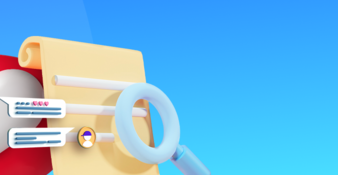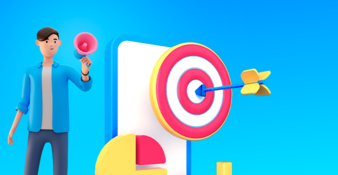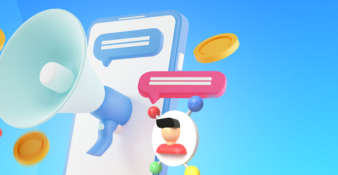The psychology of pricing: 10 tricks every marketer should know
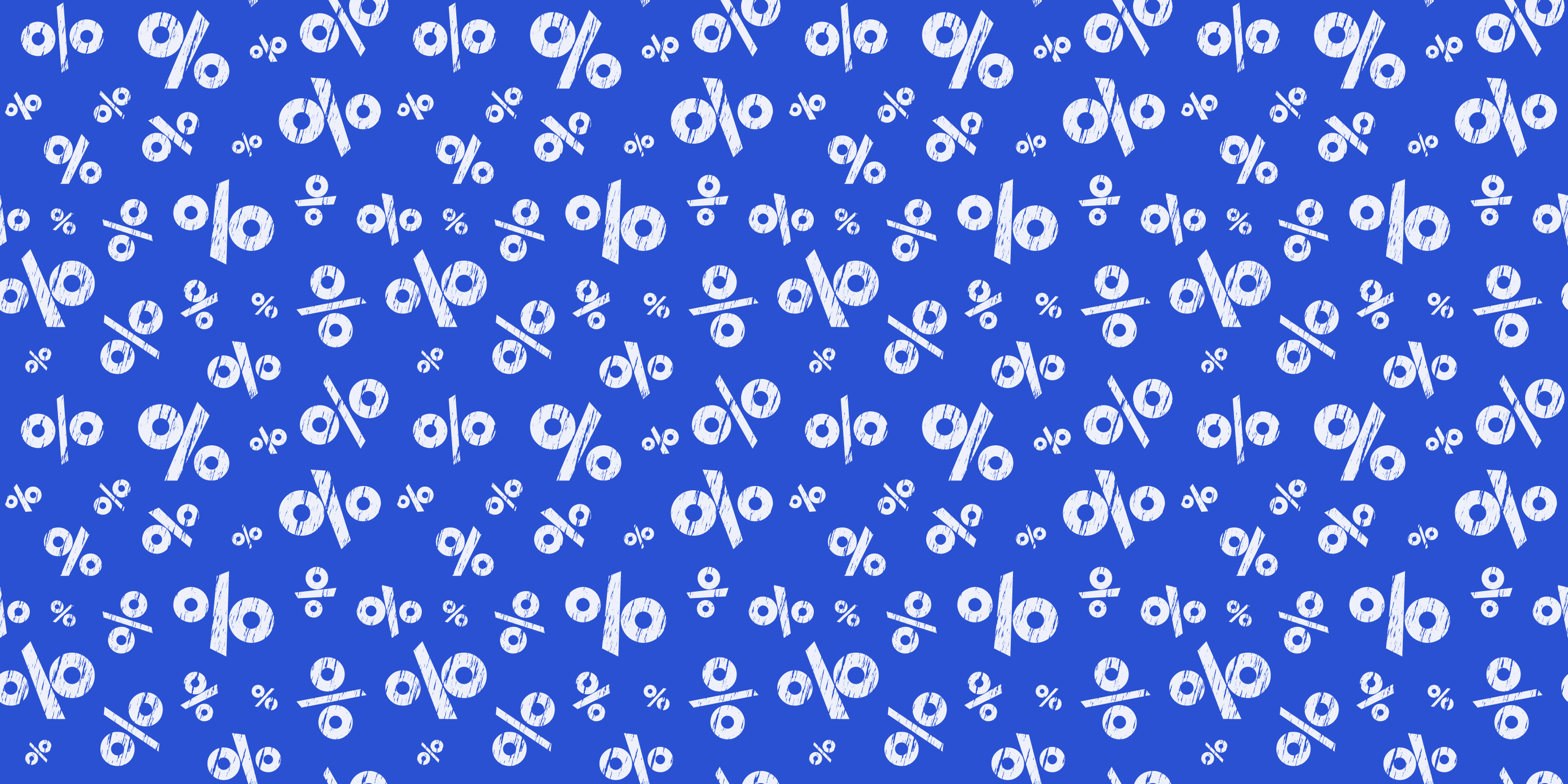
The psychology of pricing is more relevant than you’d expect. The fact that some tricks have been used since cavemen drew $9.99 on walls, surprisingly, doesn’t make the tricks less effective today. So today we’ll recall what we know about the psychology of pricing, i.e. the forces that make people perceive the product as cheaper, better, or just make them feel that "the price is right".
Pricing is generally arbitrary. There’s no real reason why a jewel costs $500 or $6,000. No real justification for paying $100 for a meal at a restaurant. When it comes to pricing, nothing is concrete. But we are forced to see prices as fair or unfair, high or low - otherwise, we’ll be unable to make any decision. Surely, we could concentrate every time we purchase something and try to calculate how much the work behind the product cost, how the price fits in our budget, throw in a couple of other factors, create an Excel sheet... But it’s very, very rare that our brain is willing to do that. Generally, we just see a price and think “high” or “low” or “okay”. And since this is a shortcut in our decision-making process, an intuitive decision, it’s easy enough to trick us into feeling that the price is better in some way than it is.
Here’re the scientifically proven methods to do that:
1. Reduce the left digit by one
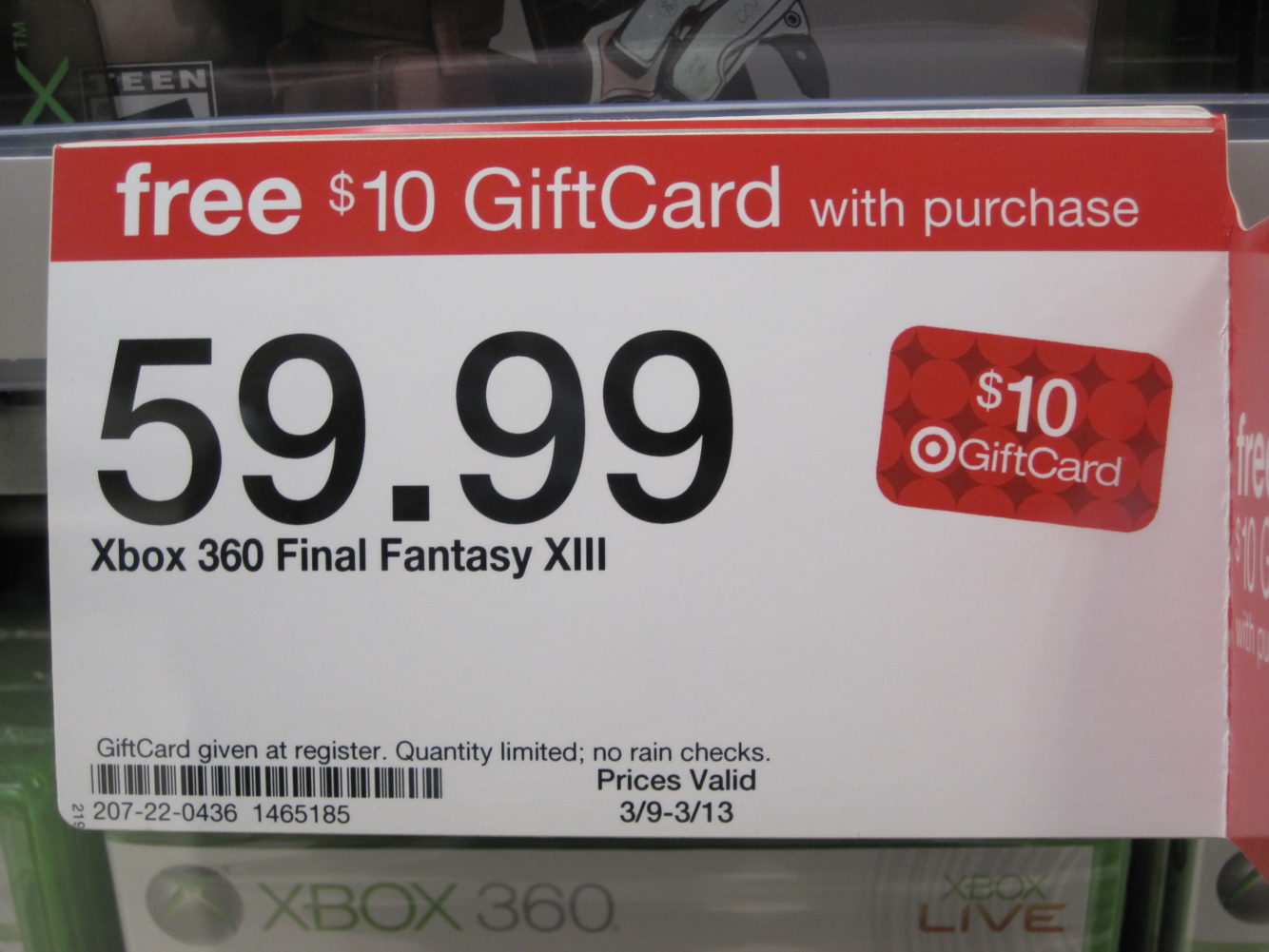
The “charm” pricing that makes people perceive anything as cheaper is when you reduce the left digit by one and the price is left with "something ninety-nine". Research shows that a one-cent difference between $2.60 and $2.59 isn’t the same as $3.00 and $2.99 difference. All because we see the price from left to right and perceive it as “high” or “low” before we even get to the ninety-nine part. Shortcut perception works very fast. Unconsciously fast. After we get to the ninety-nine part and process it, it’s often already too late to change our perception of the price.
The effect is even more increased when the ninety-nine part is written in smaller letters. This is done for the same reason - reducing the perceived importance of anything that comes after the left digit.
Note, that it’s still important to end at nine for most cases. Research shows that the use of $9 price endings increased demand in most field experiments.
2. Reduce the number of characters
This is rather weird (to be fair, most psychological biases are), but people are more likely to buy something if the price appears simple. What does that mean? Well:
$1, 324.00 is a complicated price.
$1,324 is better.
$1324 is a price that makes customers much more likely to buy.
I didn’t come up with this, this was shown in a real study. Even though you don’t read the price out loud, your brain processes the auditory version of it. And the more syllables something has, the more resources it takes for your brain to process the number. The harder the brain works, the higher the price seems.
This even goes further than simple pricing. To increase the effect, you could come up with prices with fewer syllables, and you’ll see the increases in conversion. A study from 2012 showed that even if two prices have the same written length (e.g., $27.82 vs. $28.16), people perceive the phonetically longer price to be a larger price.
By signing up I agree to the Terms of Use and Privacy Policy
3. Round the numbers depending on the context
Talking about the importance of simplicity in processing, let’s go back to rounding up the prices. Here, things are more nuanced than just making everything 8.99. Let me explain why.
Sometimes, people don’t look for a cheap option. They look for something of good quality and in their minds, the higher the price is, the higher the quality. However, they look for a fair price. Especially when buying expensive products, customers are rightfully concerned that the price might be artificially high. So you’ve got to make sure their intuition tells them that this price is just right. Here’s what this depends on:
1. Rounded prices ($19, $20, $100) are perceived more fluently compared to non-rounded prices ($24.73);
2. Round prices work better for emotional purchases;
3. Marketers since warned that rounded price intervals (e.g., $100, $5,000) are perceived as possibly artificially inflated prices. So for the perfect price for an emotional item, it’s better to come up with $120 as opposed to a $100, the latter just feels random.
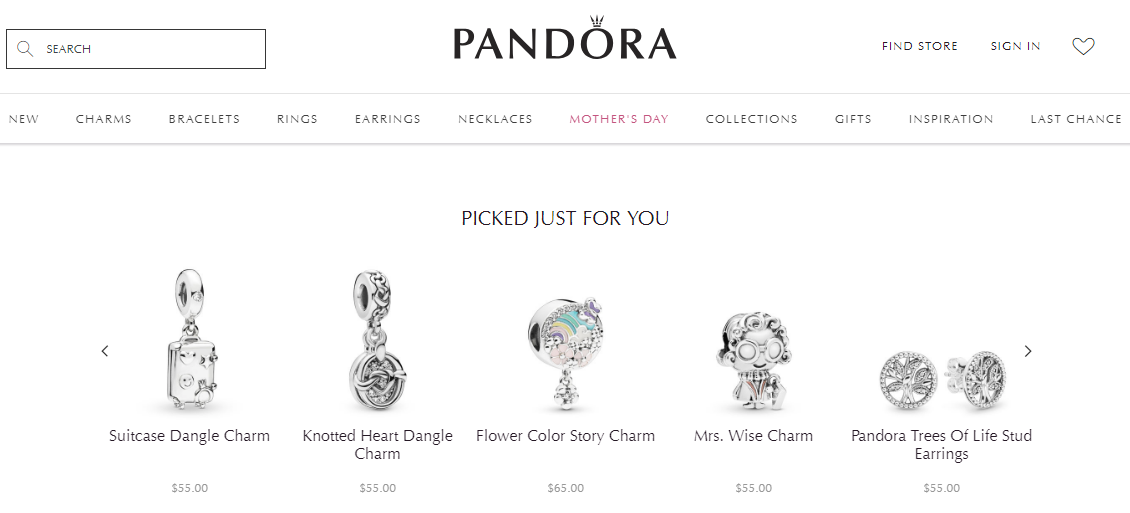
For a rational item, it’s better to stick with the prices that make your brain think a bit more while processing the number. When the researchers analyzed 27,000 real estate transactions, they found that buyers pay more money when prices are specific (e.g., $362,978 vs. $350,000). Real estate is not an emotional impulsive buy, so people don’t make snap decisions. They think a bit more and can’t help but associate the abundance of small numbers with the lower pricing and with the “fair” pricing - it feels like the sellers probably did serious calculations before deciding on the price.
4. Adjust the language
Remember how we talked about pricing being meaningless? How are we supposed to know if 18 bucks for a T-shirt is a lot or a little?
Interestingly enough, if you tell people, they’ll believe you. Simply putting “only” or “low price” next to $18 does the trick. I mean, if it says the price is low, then it must be.

Again, it goes even further than that. Words that are written next to the price, even unrelated to the price itself, hint the buyer of the magnitude of the price. A study from 2005 showed participants some descriptions for an inline skate. The first emphasized a “Low Friction” benefit. Other emphasized a “High Performance” benefit. The participants rated those benefits as equally important, but they liked the price more when the description said “Low Friction”.
5. Write in small font
Again, who’d think, but all our senses are connected and not always in a rational way. Turns out, people are more likely to perceive a price as low when it’s written in small font as opposed to in a large bold font. Go figure.
5. Remove currency signs
This hasn’t been replicated much, but some studies showed that if you get rid of the dollar signs (or the word “dollar”), people will perceive the pricing as less and, therefore, purchase more. This has been tested in diners and restaurants - obviously, that’s not the trick to be used for any business.
6. Use anchoring
Anchoring describes the people’s tendency to rely far too heavily on an initial piece of information (known as the "anchor") when making decisions.
In pricing, this is usually the first price you see. For example, when you open an e-commerce clothing store and notice a summer dress for $399. The other summer dress not far from it that costs $99 will appear much cheaper and you’ll be more inclined to buy it. Presenting other unrelated expensive products or even just exposing people to random high numbers works as well.
For a better understanding of how anchoring works and the extensive research behind it, jump to this post.
7. Use the decoy effect
The decoy effect is the following:
You have product A and product B. Then you add product -B (minus B). -B is a decoy choice: a completely unattractive option that contrasts well with the good product you want your customer to buy (product B). In the example below, the decoy choice is print subscription. Including it in the choice increases purchases for both web subscription and print+web subscription.

Another example would be offering a poor laptop that costs $600, a good laptop that costs $1200, and a slightly better laptop that costs $2000. Or a slightly worse one that costs $1150.
To find out more about the research and marketing takeaways of the decoy effect, jump to this blog post.
8. Emphasize the price OR the product
For cheap products, emphasize the price. Show the price before you reveal the details of the product. This way, your buyers will emphasize the economic value of the product before buying the product.
For luxury items, do the opposite. Present the items, and make it an extra effort to see the prices. This way, the buyer will prioritize the quality of the product over its economic value.

This effect is a different kind of anchoring and it was shown in a 2015 study by Karamar and colleagues.
9. Put slightly different pricing on similar products
This goes back to the paradox of choice. An abundance of similar options freezes people. They think a lot, weigh options, and often walk away without making a choice. Alternatively, they make a purchase after much hesitation but then feel bad about it wondering what they’ve lost. After such an effect, they might never come back to the store.
However, there are ways to change that by tweaking pricing. In one study from 2012, the researchers asked two groups of participants if they wanted to purchase a pack of gum. The participants were either exposed to the packs of gum that were priced the same (e.g., 63 cents) or that were priced differently (e.g., 62 cents vs. 64 cents). People were much more likely to buy a pack of gum if the difference existed, albeit a small one.
By signing up I agree to the Terms of Use and Privacy Policy
10. Include free anything in pricing
There’s one number in pricing that makes your product times more attractive than it was before. This number is zero. People massively overreact to free products. They instantly perceive them as valuable, they are willing to take action, they are almost happy they've found something great for free in this expensive and uneasy world. Even if it's over-fried chicken wings.

One of the most popular ways to take advantage of the "Free! effect" is to introduce free shipping. A study showed that free shipping has a greater impact on the evaluation of an offer than a discount of equal value. It’s common to include the price of shipping in the price of the product and it works just as well. People are too in love with the concept of freebie to evaluate the offer rationally. Similarly, free breakfast in a hotel makes people choose the hotel from better options and offering a free no-name sound system dramatically increased the demand for a car. The explanation for all kinds of irrational decision-making processes when it comes to buying something with a free product attached can be found in this article on the power of freebies.
Conclusion (almost)
Pricing is an exciting and complicated part of marketing. Hopefully, these studies on consumer behavior shed some light on how you should calculate your pricing and what you should take into account despite the obvious things. You might've noticed there was no information on discounts - a huge part of pricing strategies. This comes in the next article - stay tuned!











